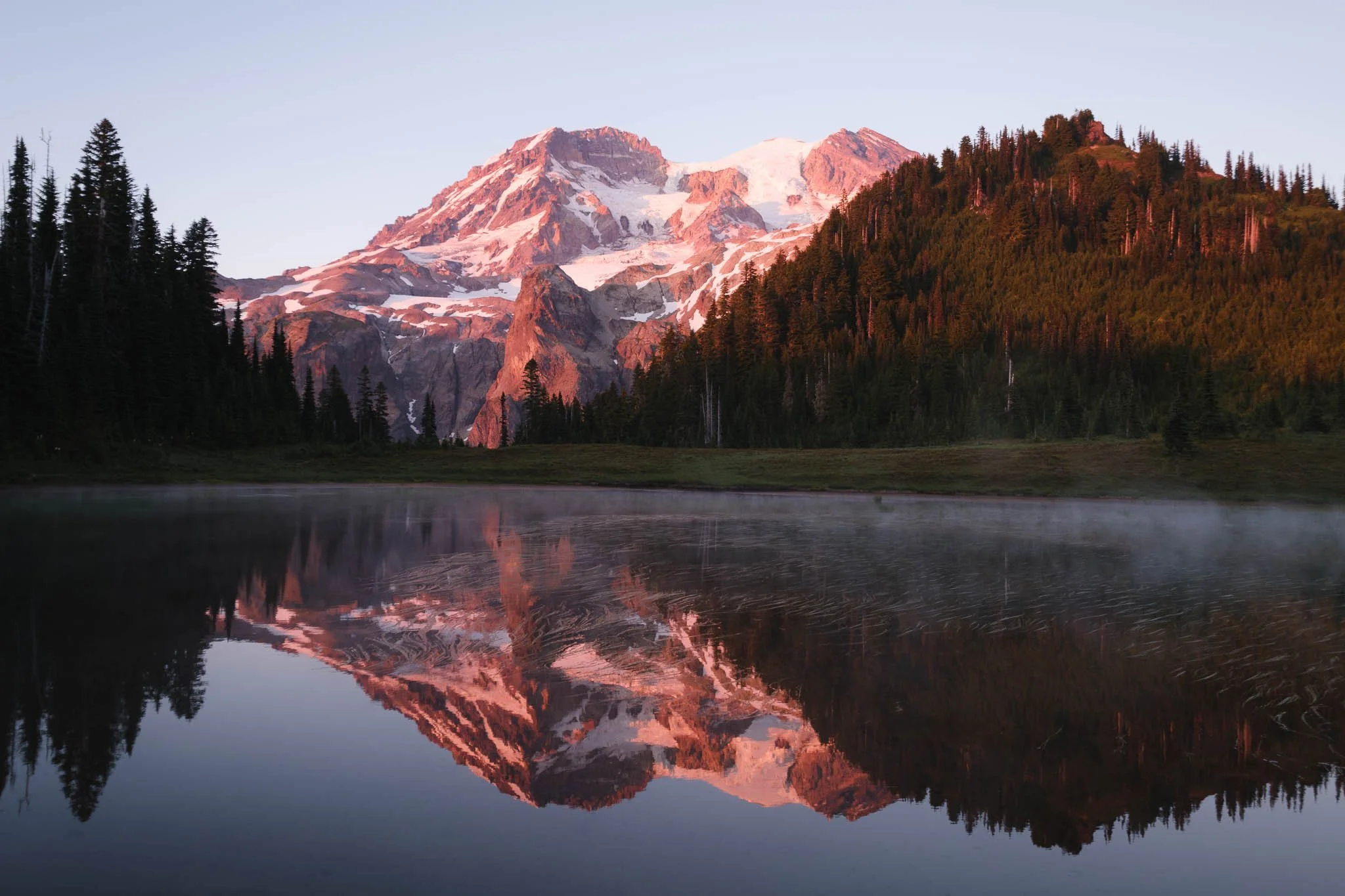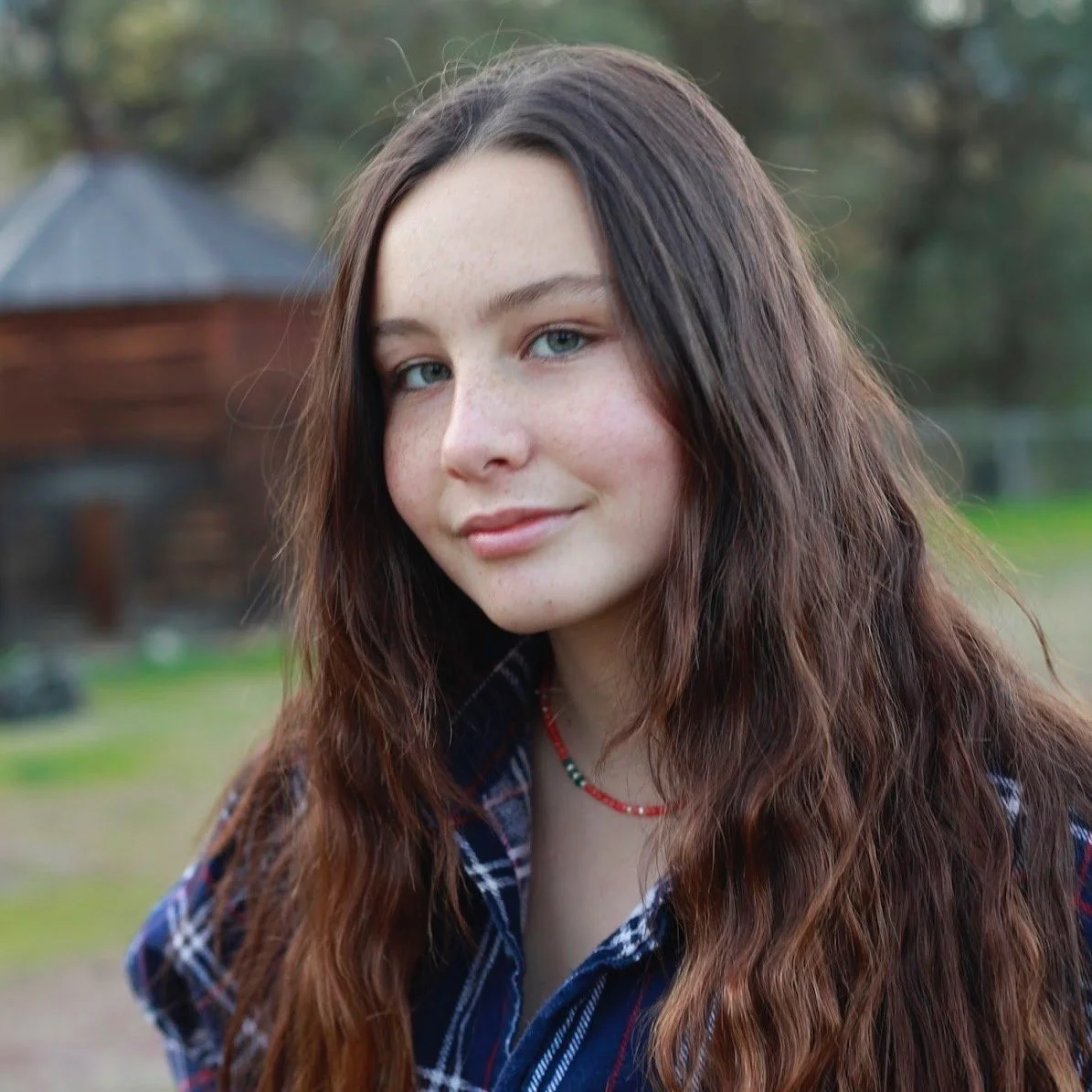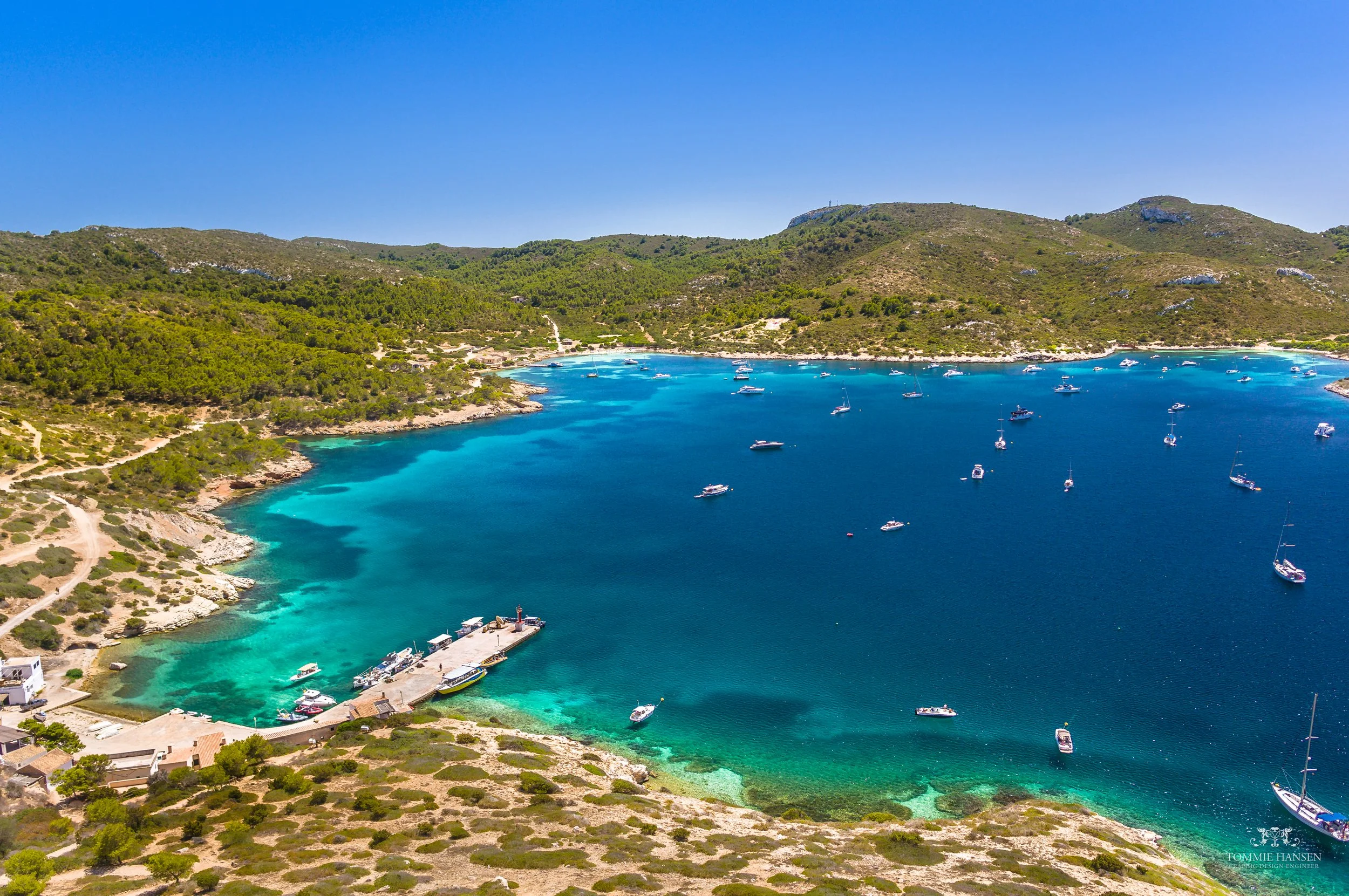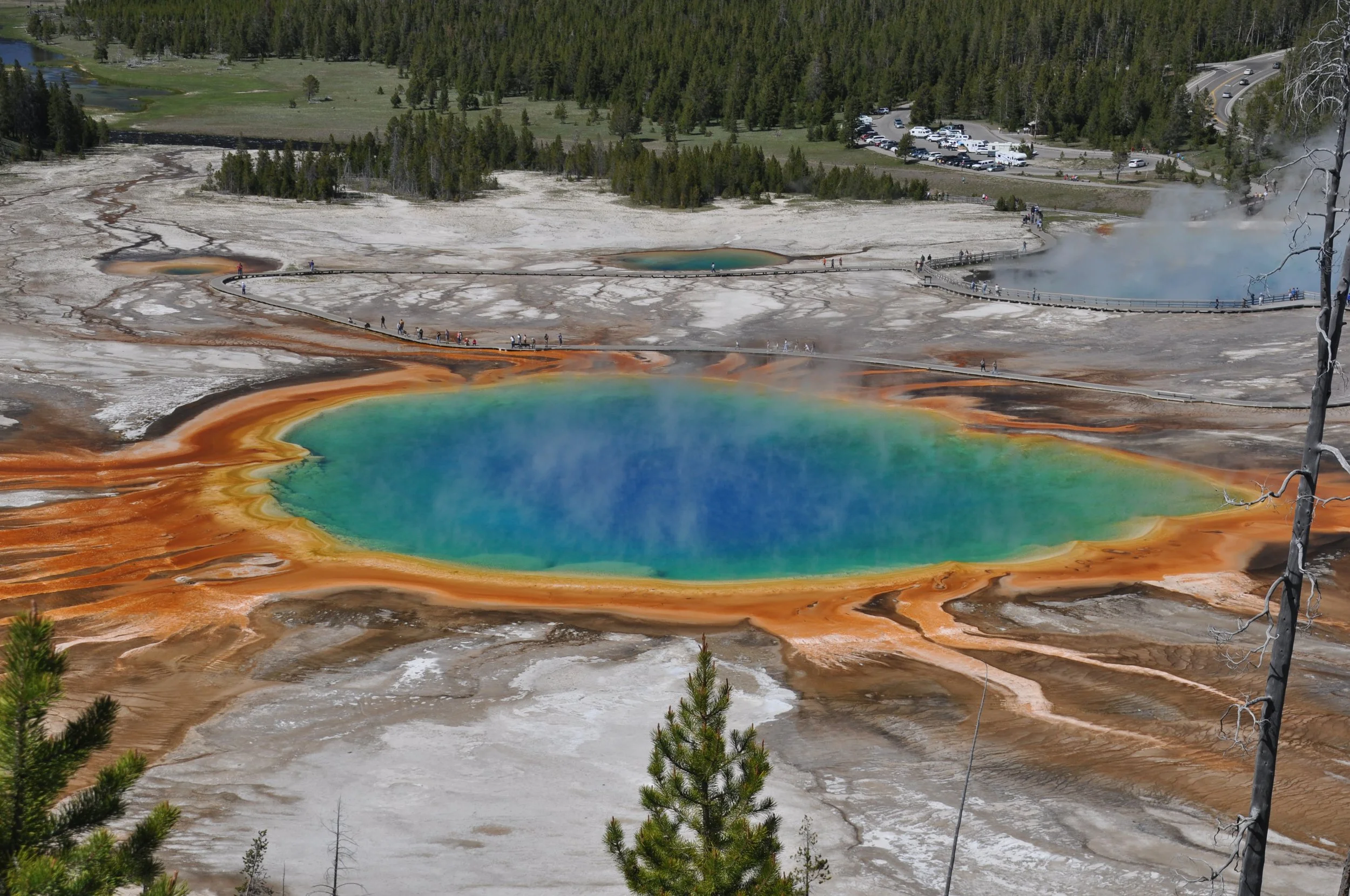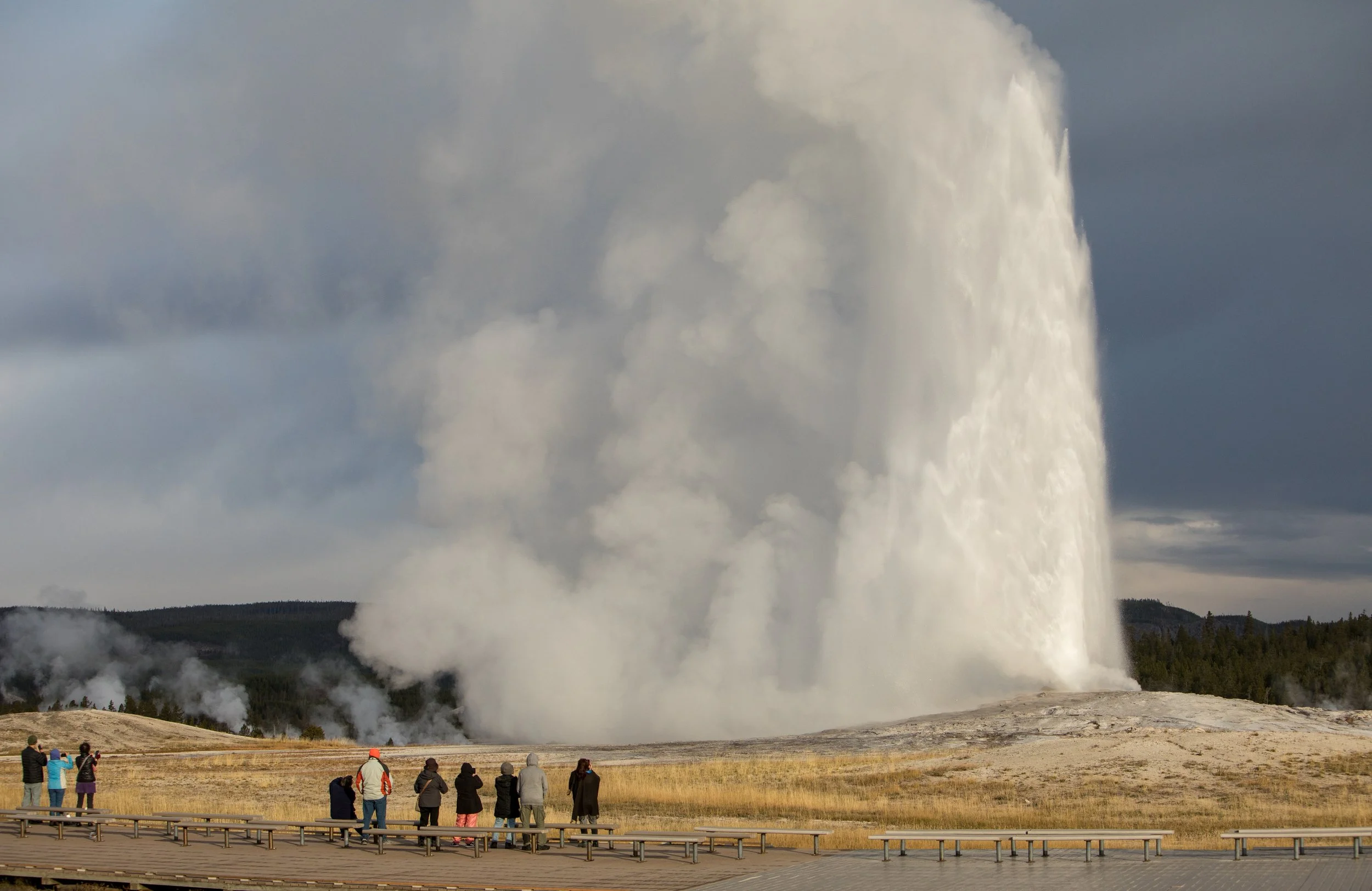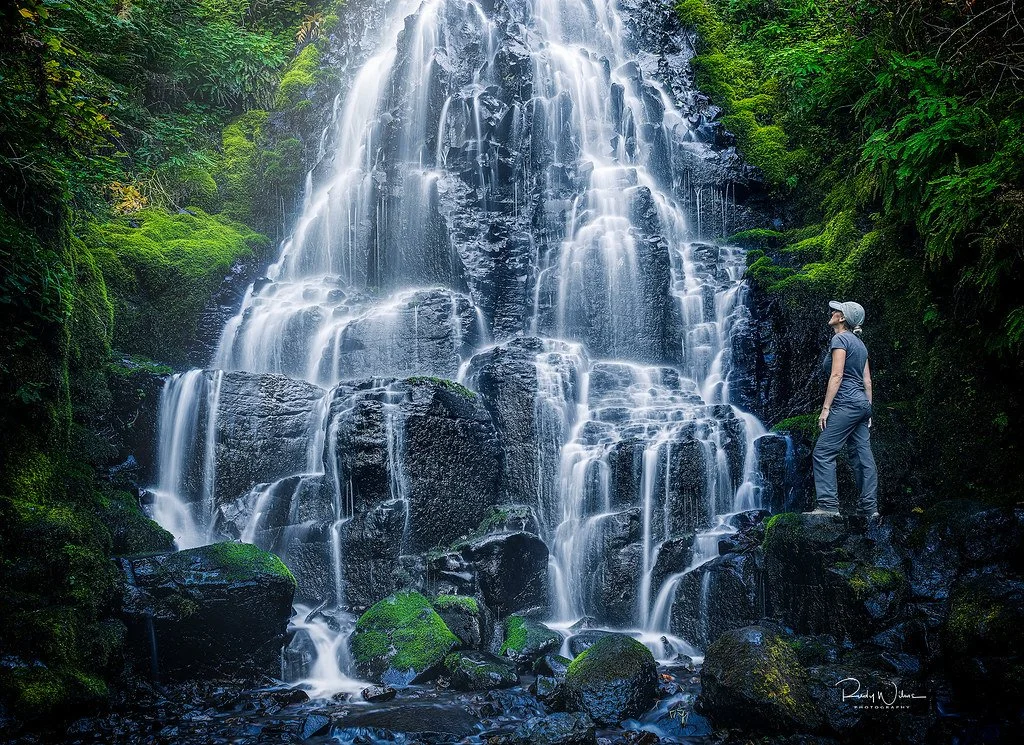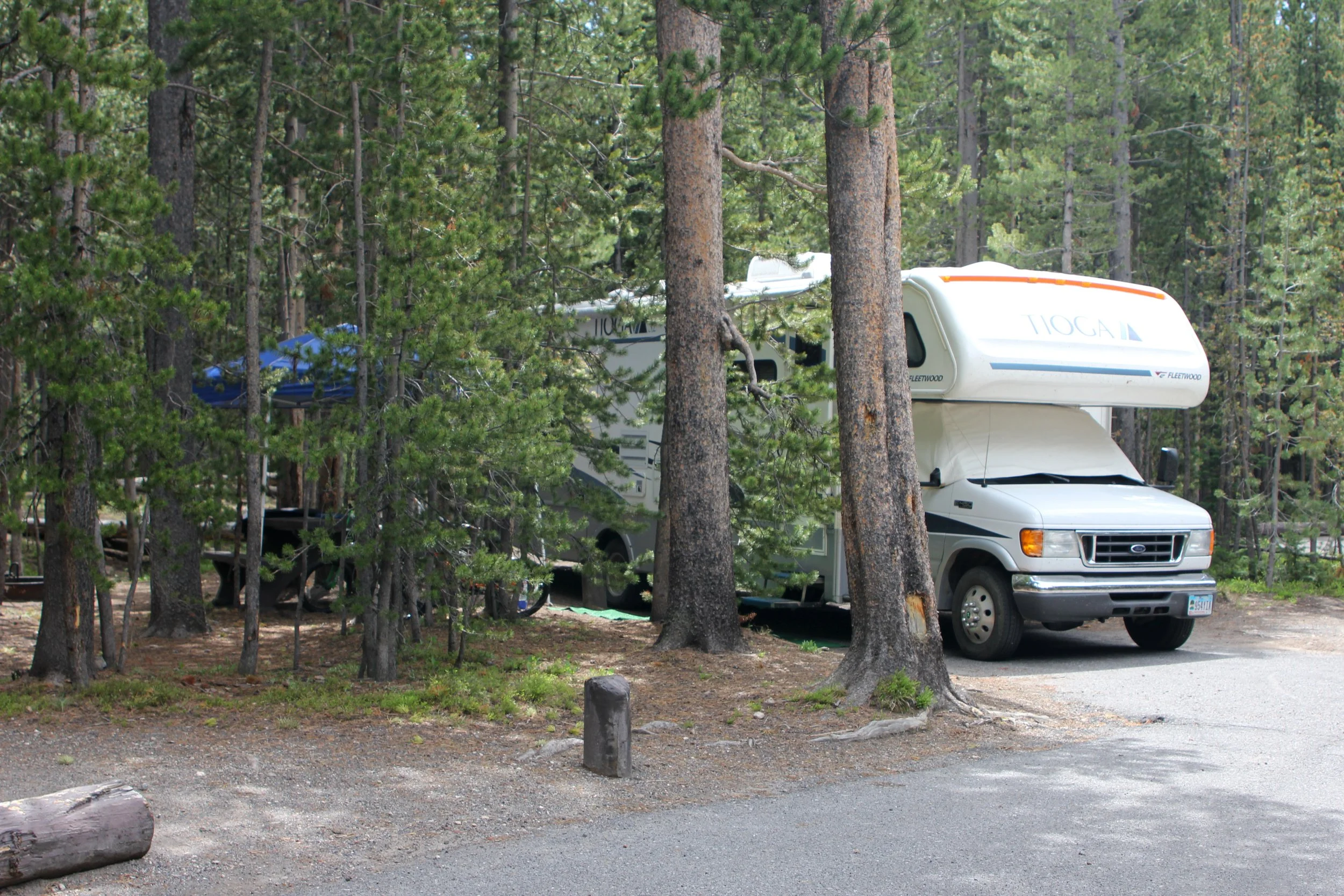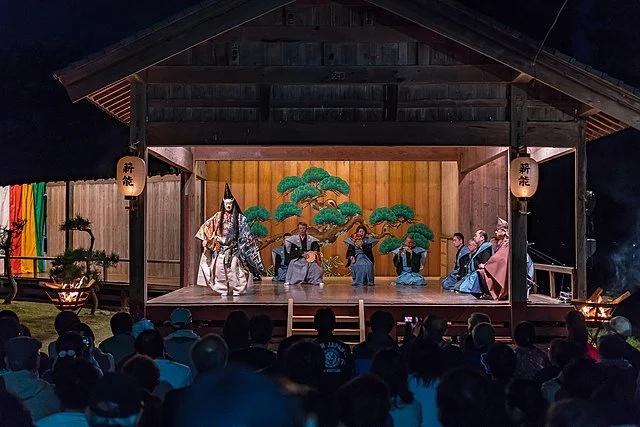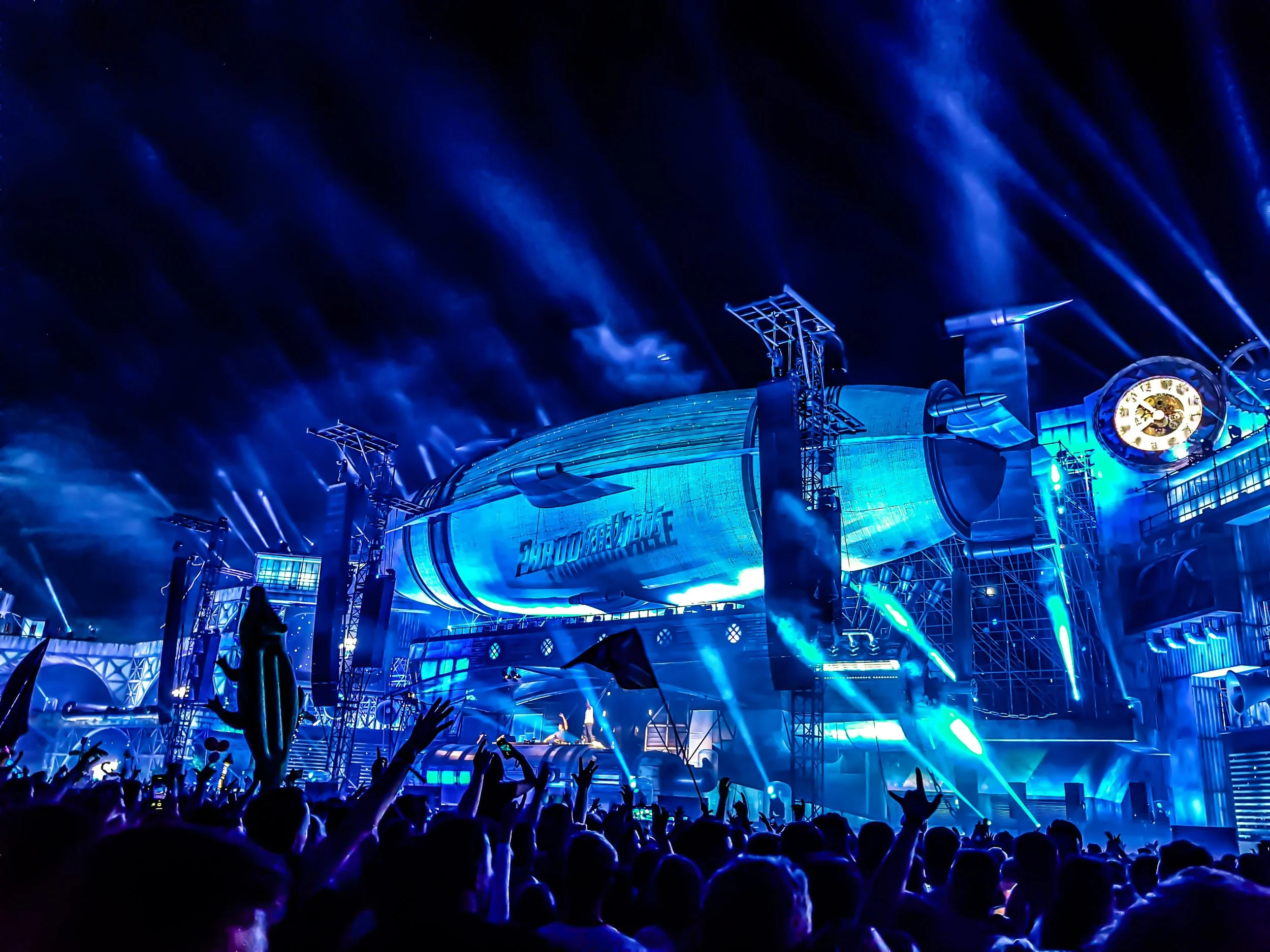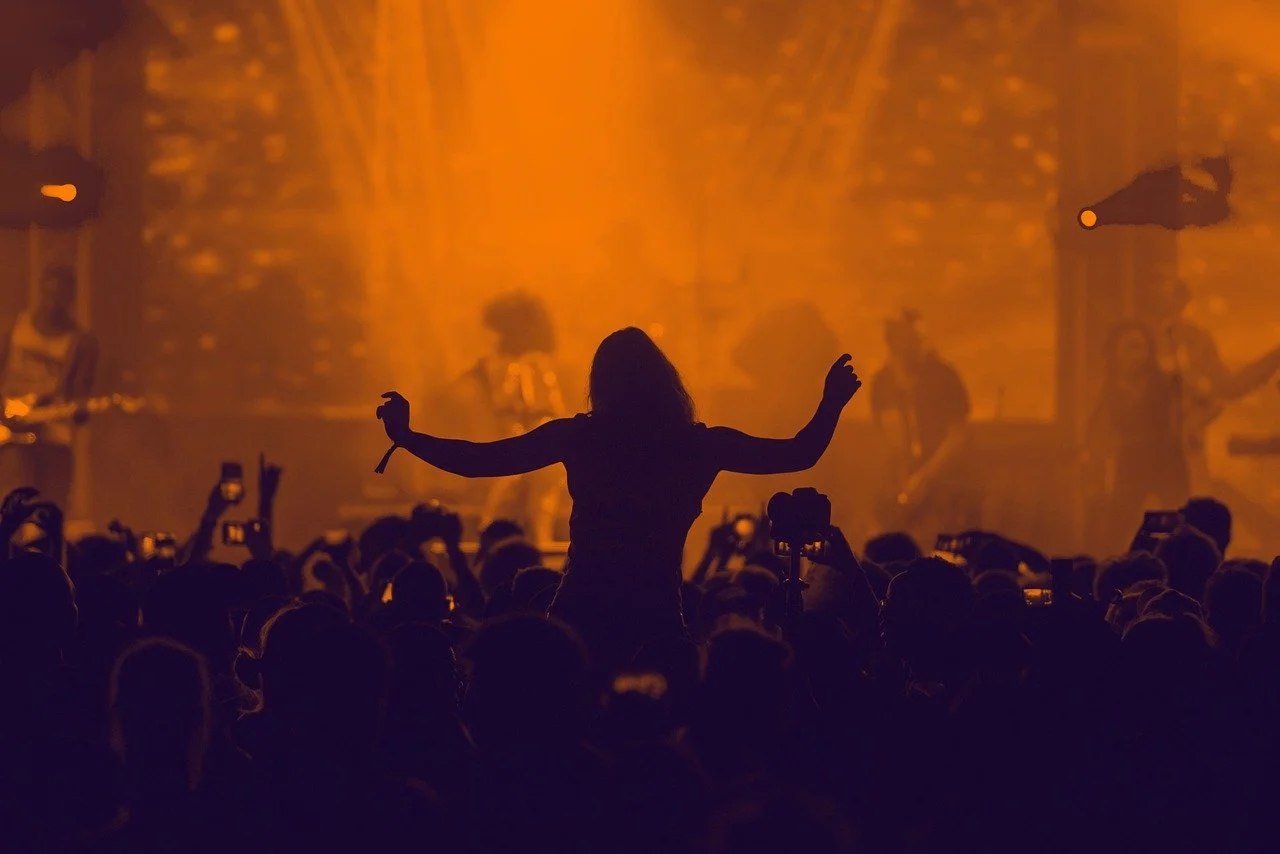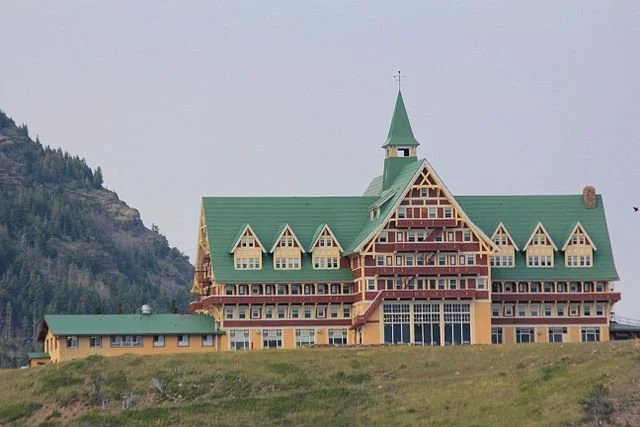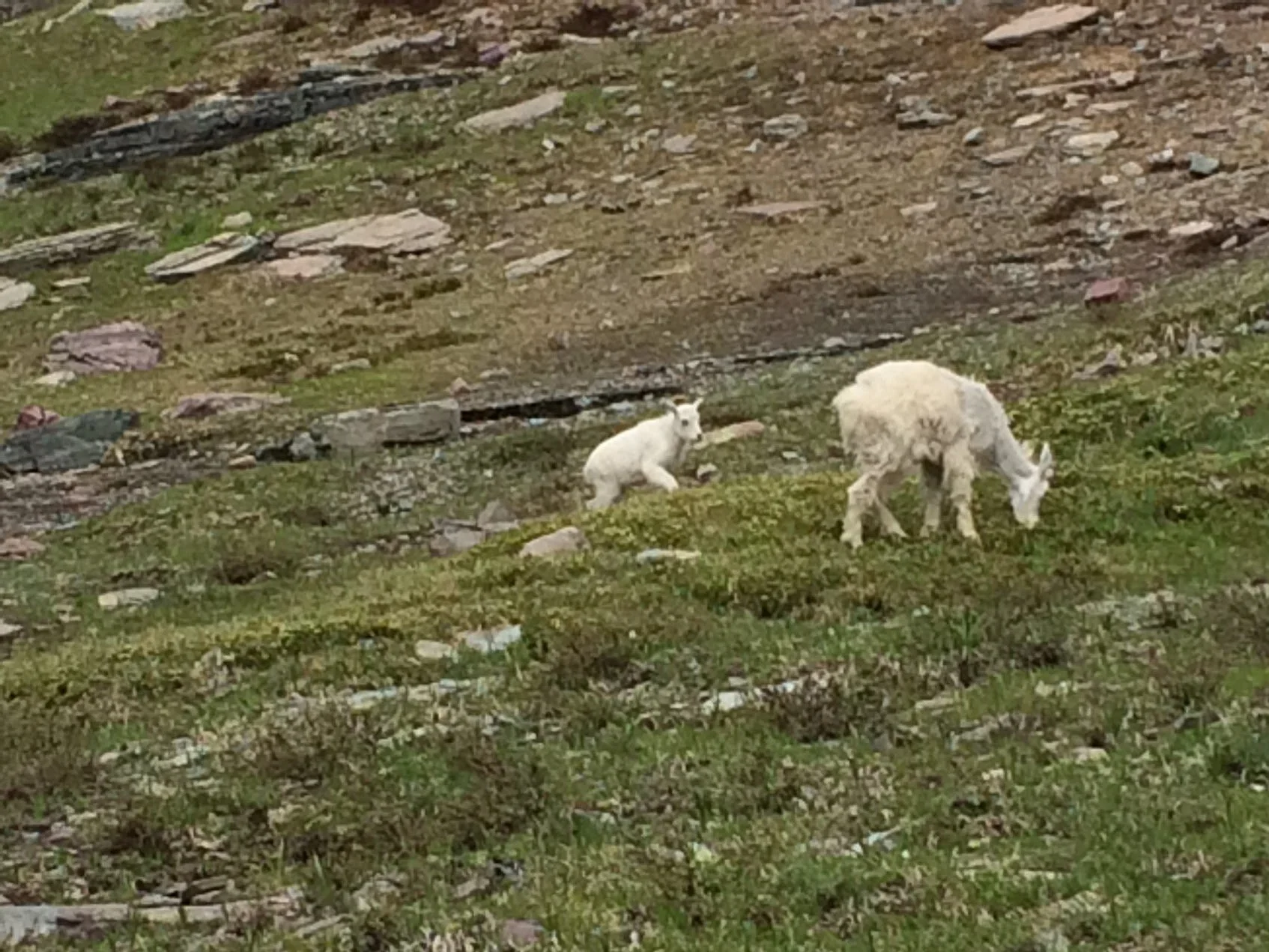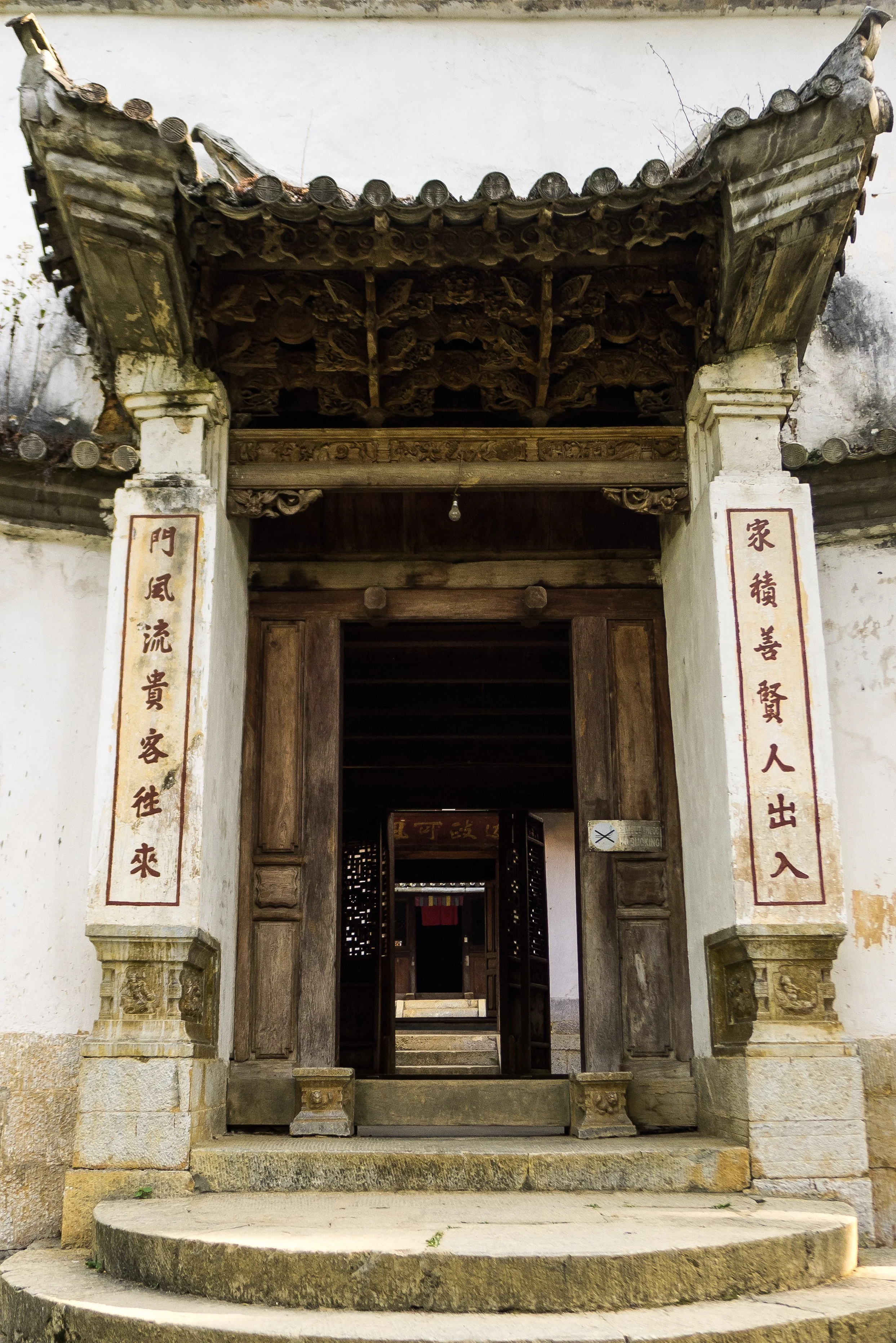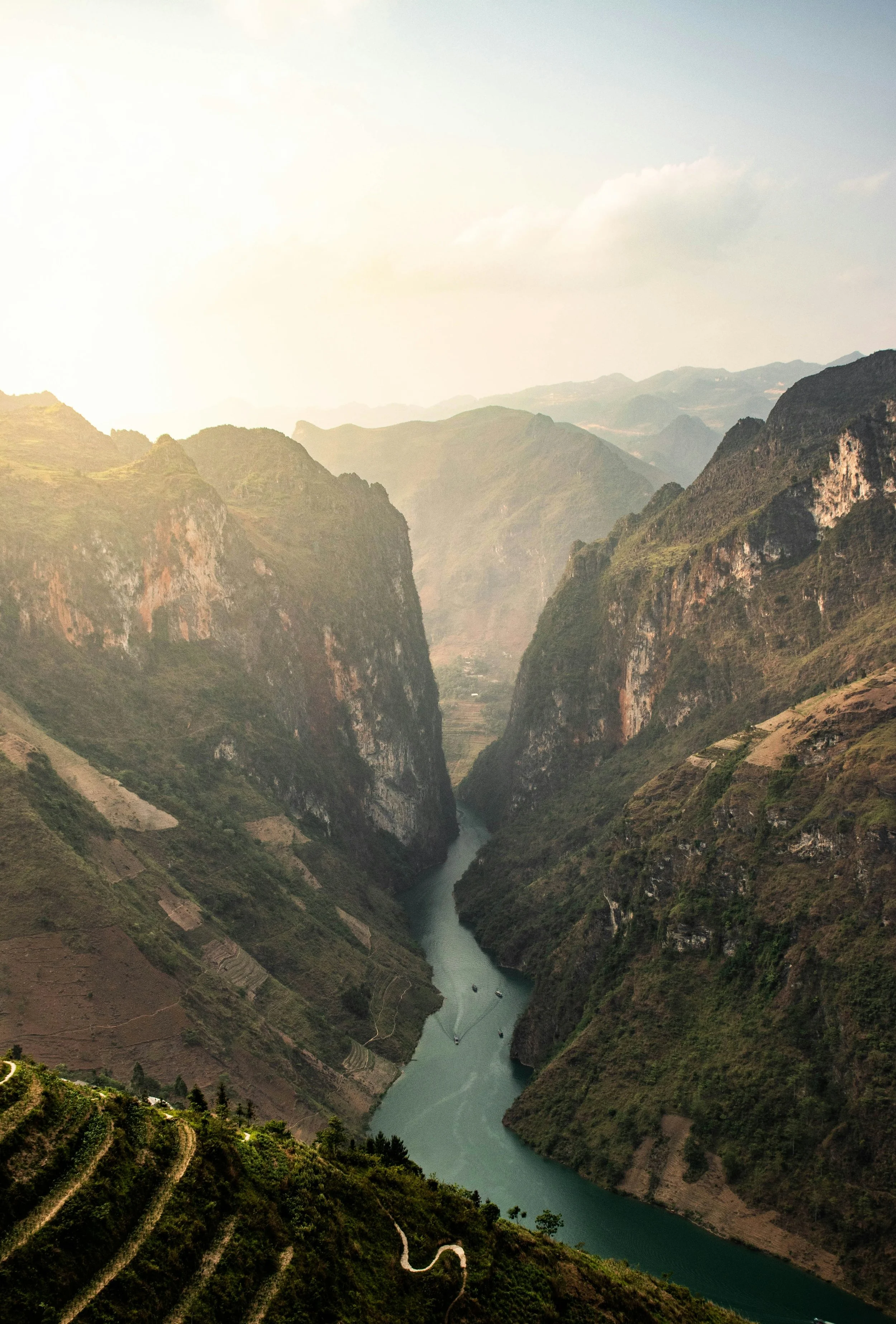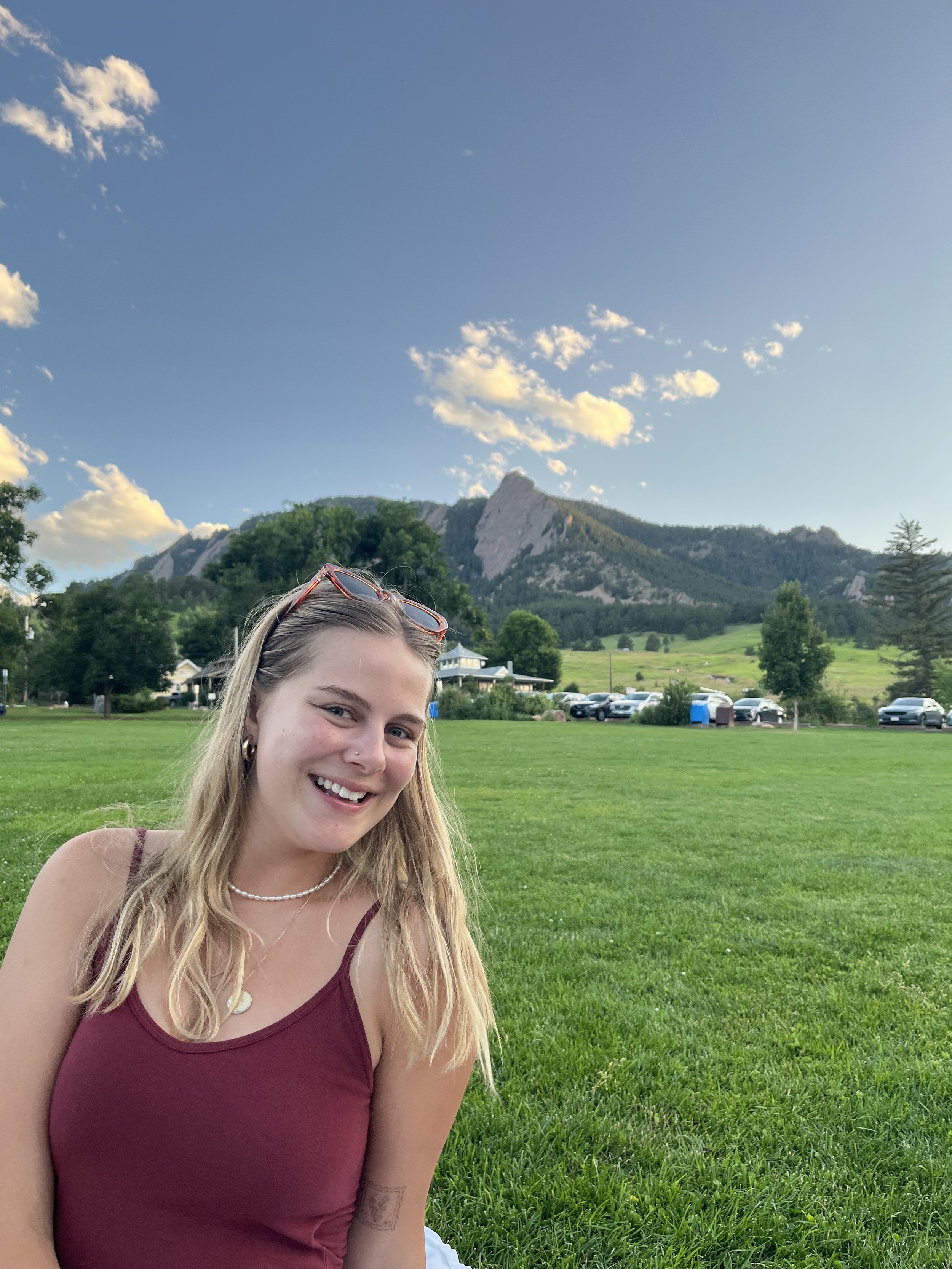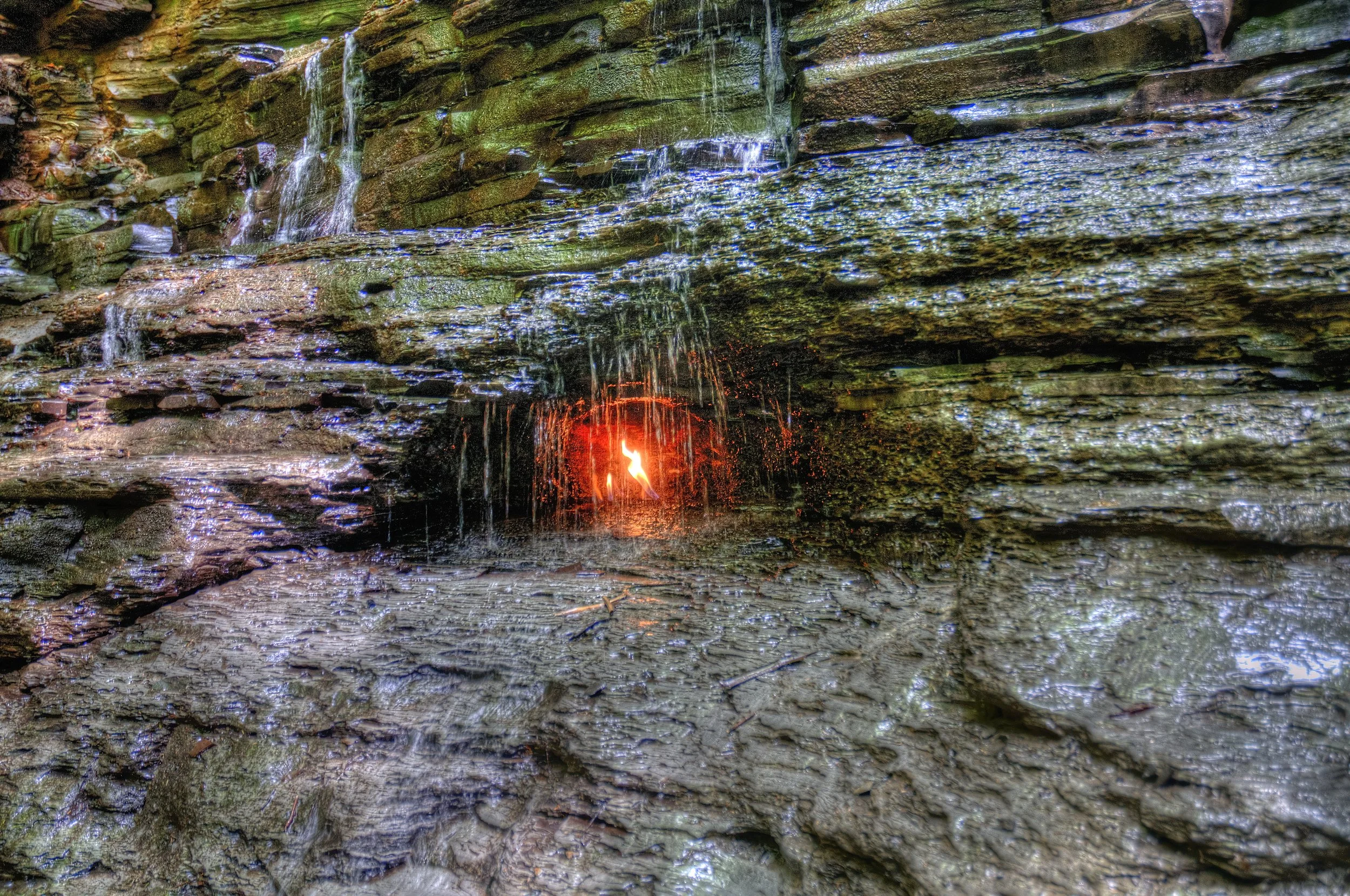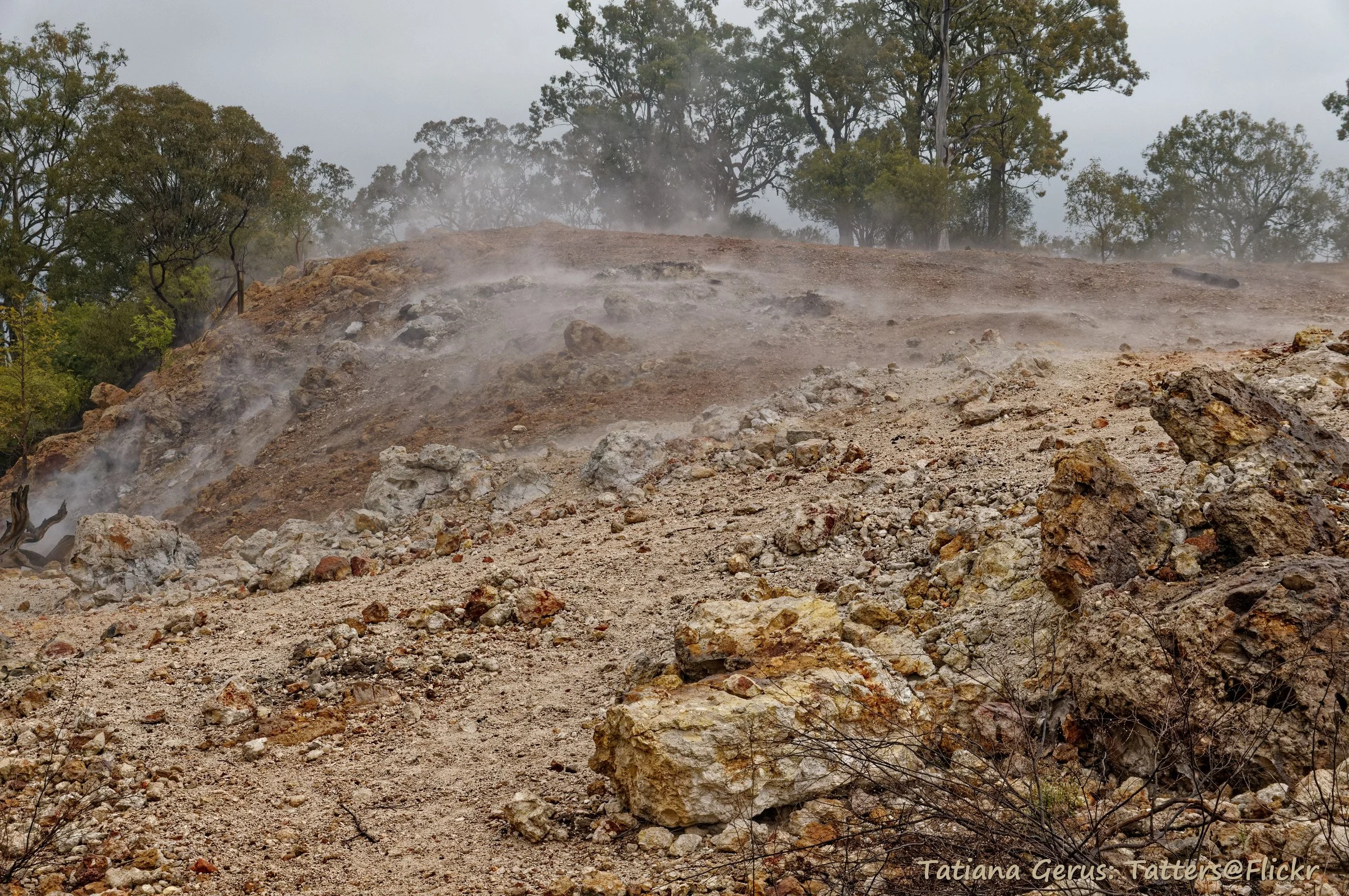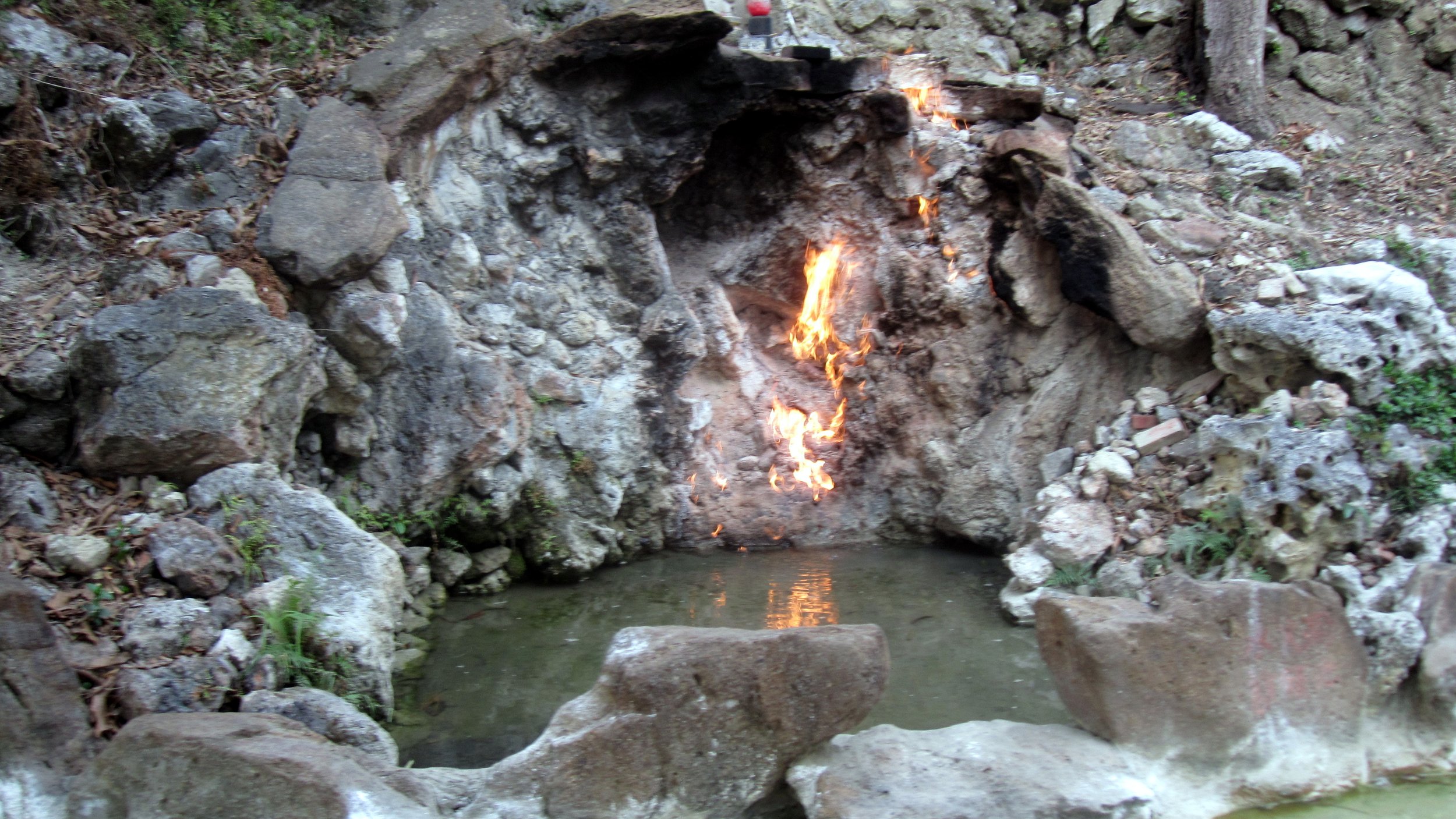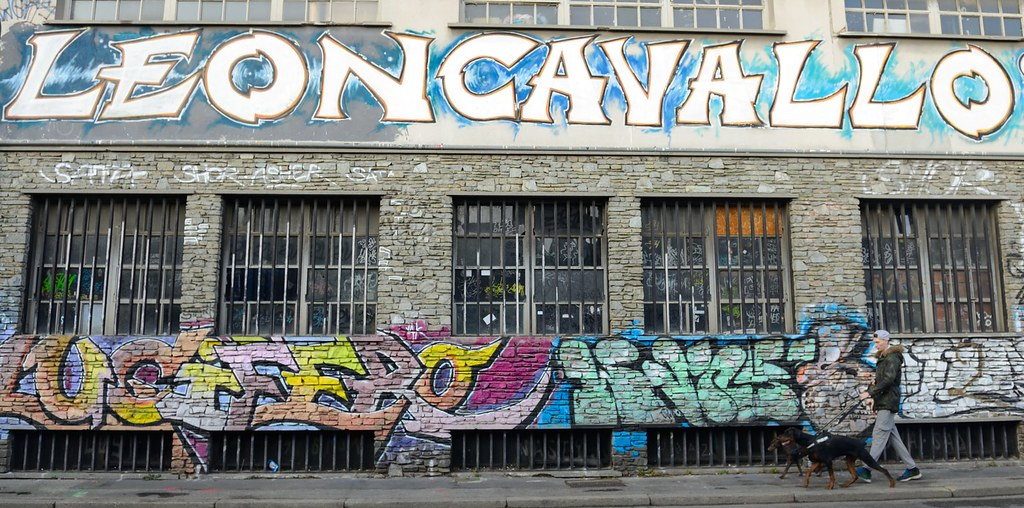Writers, painters and musicians can receive a stipend to create in some of the most majestic landscapes in the US.
Woman painting outdoors. Caroline Veronez. Unsplash
There is a long-running debate over whether to preserve the natural beauty of western landscapes or exploit them. The Artist-in-Residence program many national parks are now offering serves as a compromise, honoring these landscapes and giving back to the parks once inhabited by native tribes. This program provides writers, painters, musicians and other artists the chance to refine their art in some of the country’s most scenic landscapes. Selected artists live in the park and receive a stipend, as well as coverage for food and travel expenses. The stipends can reach up to $5,000, with half of it usually given at the start of the program and half at the end. The program lengths vary, but typically last between two to four weeks. These residencies are inclusive, welcoming artists of all backgrounds and ages (although only legal adults may submit applications). Each artist's primary task is to create art inspired by their natural surroundings and—upon completion of their residency—donate a piece of their work to the park.
Mount Rainier National Park. Lily M. Tang. CC BY-NC-ND 3.0
Artist-in-Residence programs welcome unique projects. Felix, a musician, served as the 2021 Artist-in-Residence at Canaveral National Seashore. His project, Listeners, was a collaborative sonic experience, capturing the park’s soundscape through contributions from people who live, work and visit there. Casey, a food writer, served as the 2022 Artist-in-Residence at Acadia National Park. She released a recipe book, Maine Ingredients: Recipes Inspired by Acadia National Park, crafting dishes using local ingredients and traditional regional cuisine.
These programs give artists the chance to immerse themselves in natural landscapes, gaining insight into the indigenous peoples who occupied western landscapes before us and learning about how their legacies live on today. While some view national parks as a byproduct of white settlement, the Artist-in-Residence program forces us to consider how we can shift the narrative, redirect the focus back onto their original inhabitants. The submission window for applicants is open during the summer, so act now! Keep in mind acceptance rates vary based on the park’s popularity. Check out NPAR openings here.
Agnes Moser Volland
Agnes is a student at UC Berkeley majoring in Interdisciplinary Studies and minoring in Creative Writing, with a research focus on road trip culture in America. She currently writes for BARE Magazine and Caravan Travel & Style Magazine. She is working on a novel that follows two sisters as they road trip down Highway 40, from California to Oklahoma. In the future, she hopes to pursue a career in journalism, publishing, or research.


